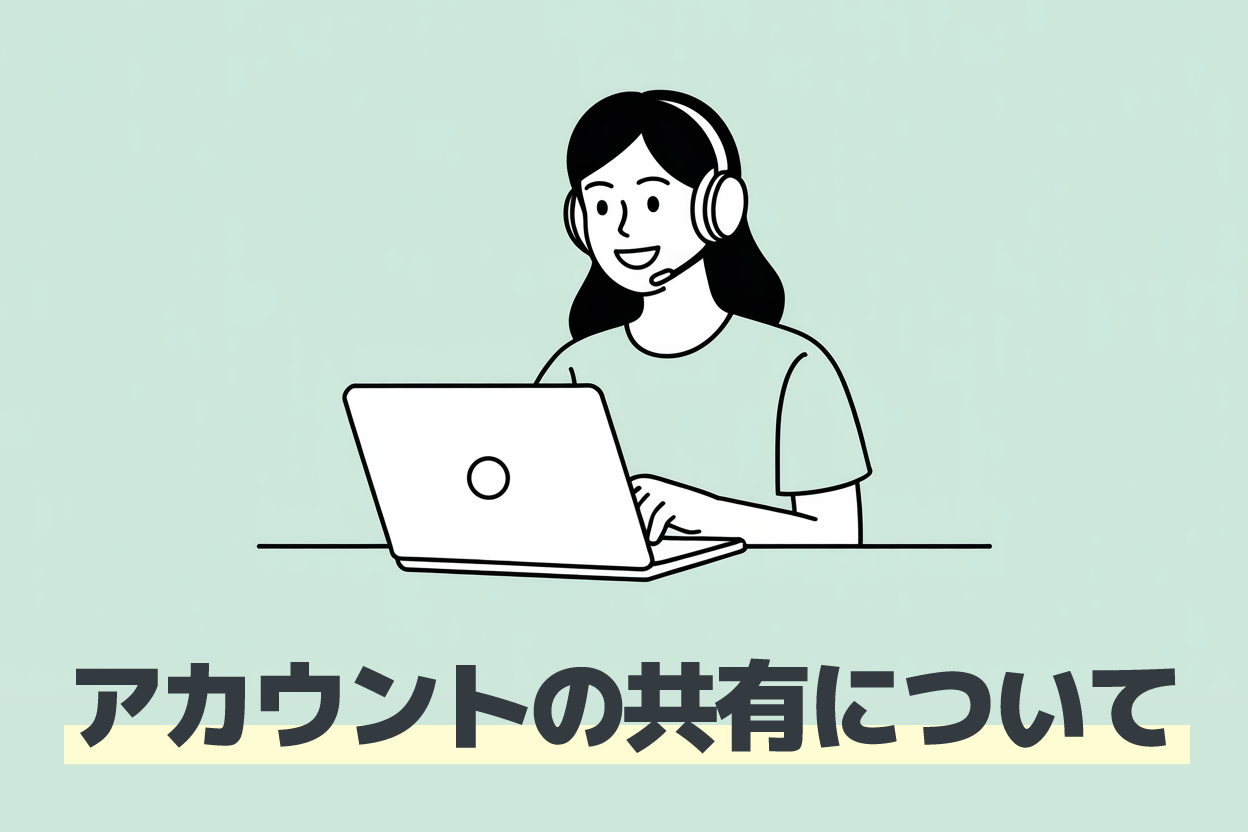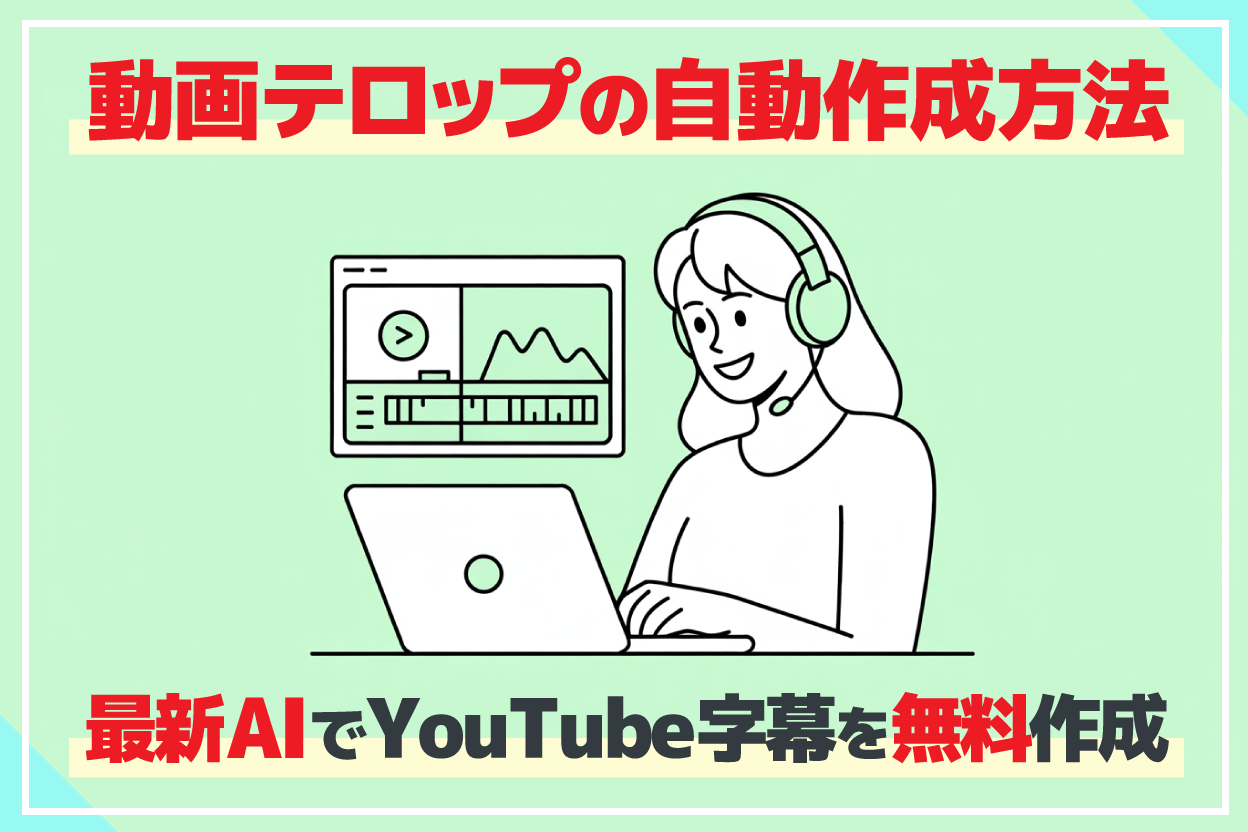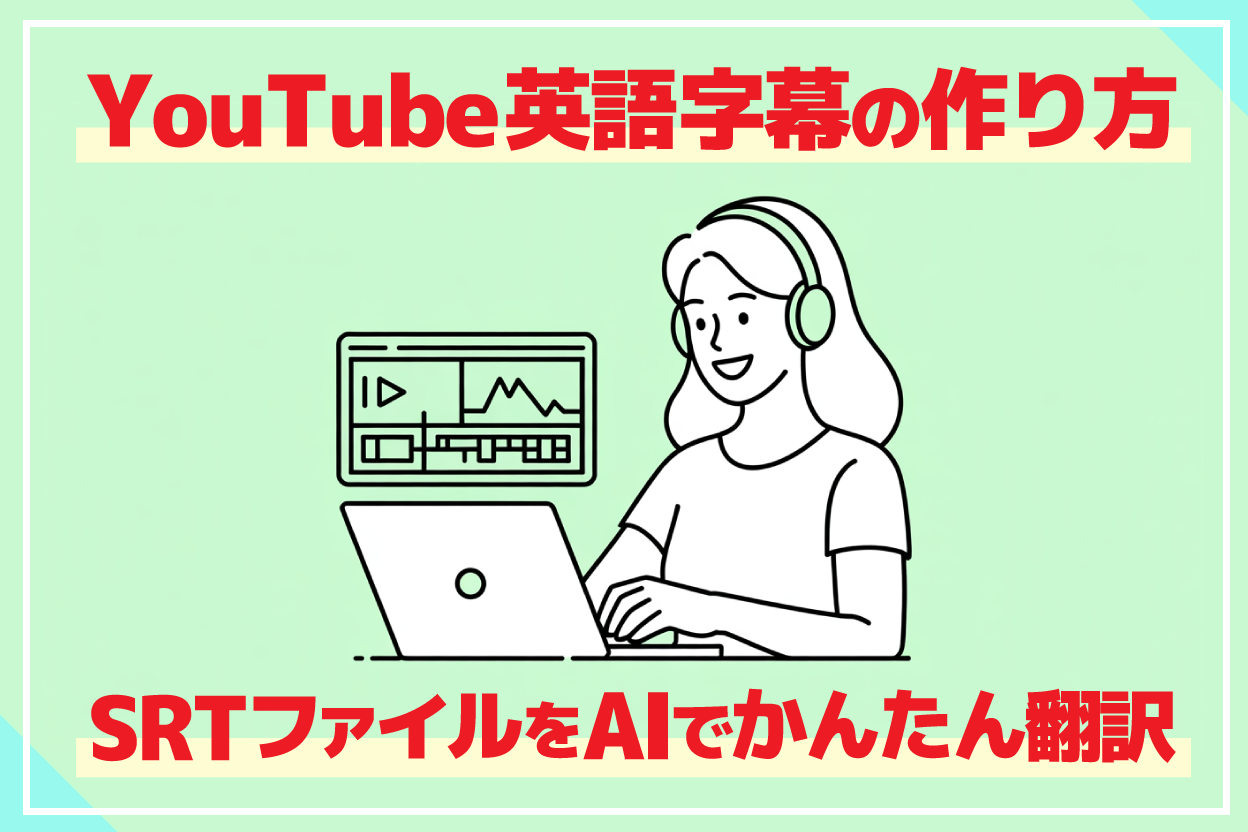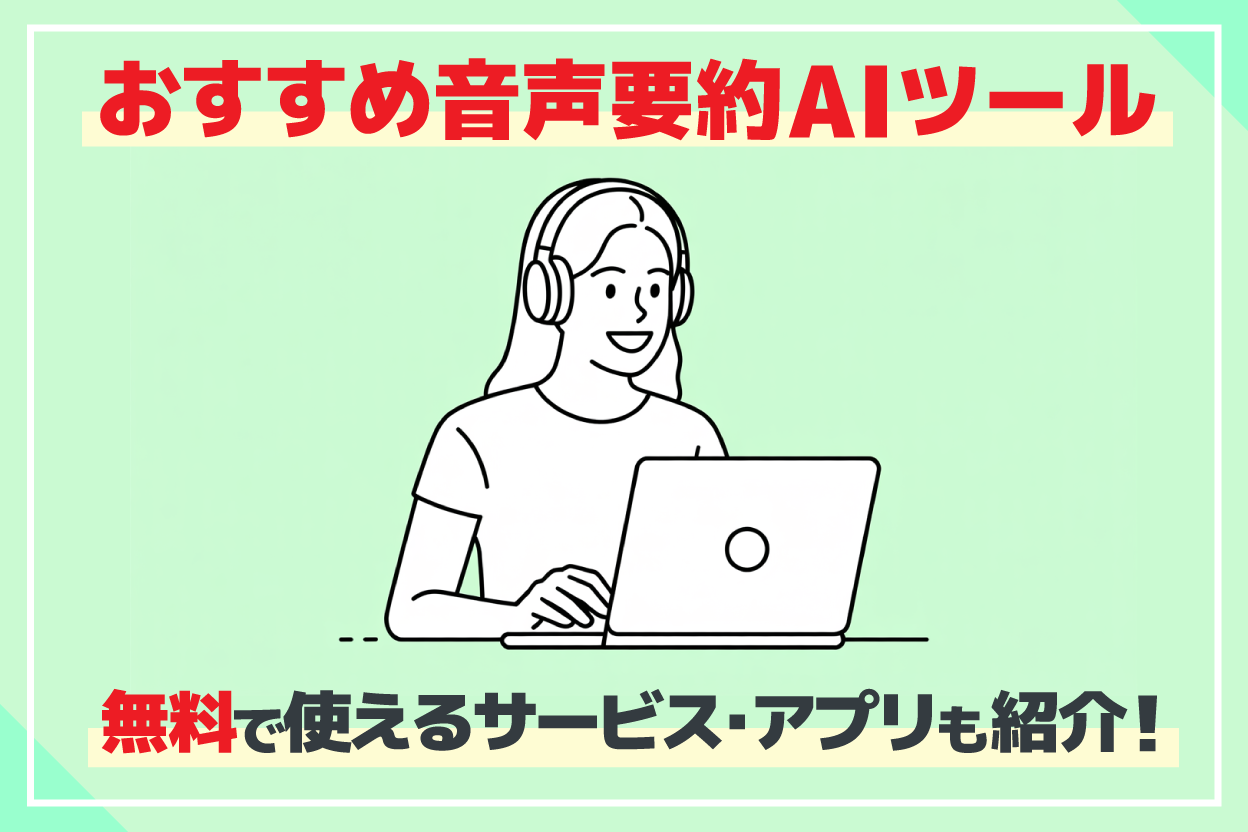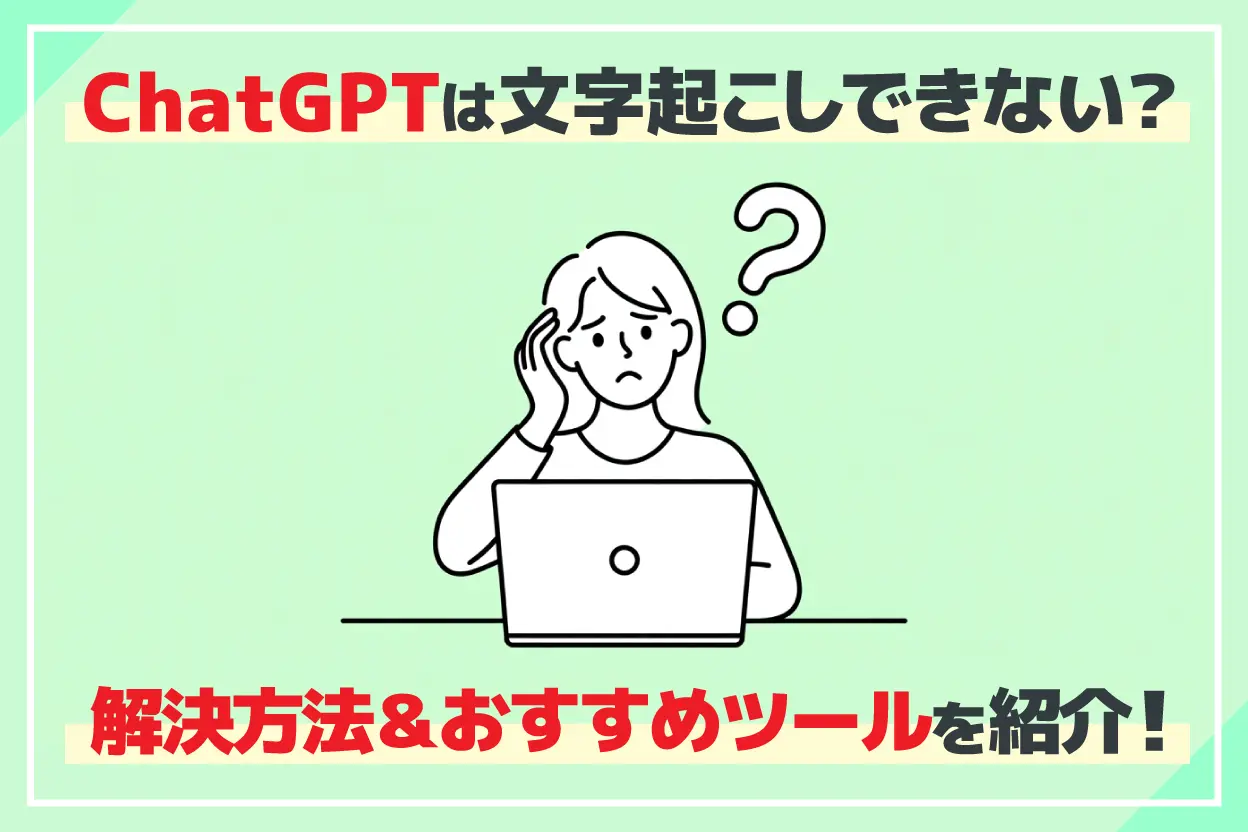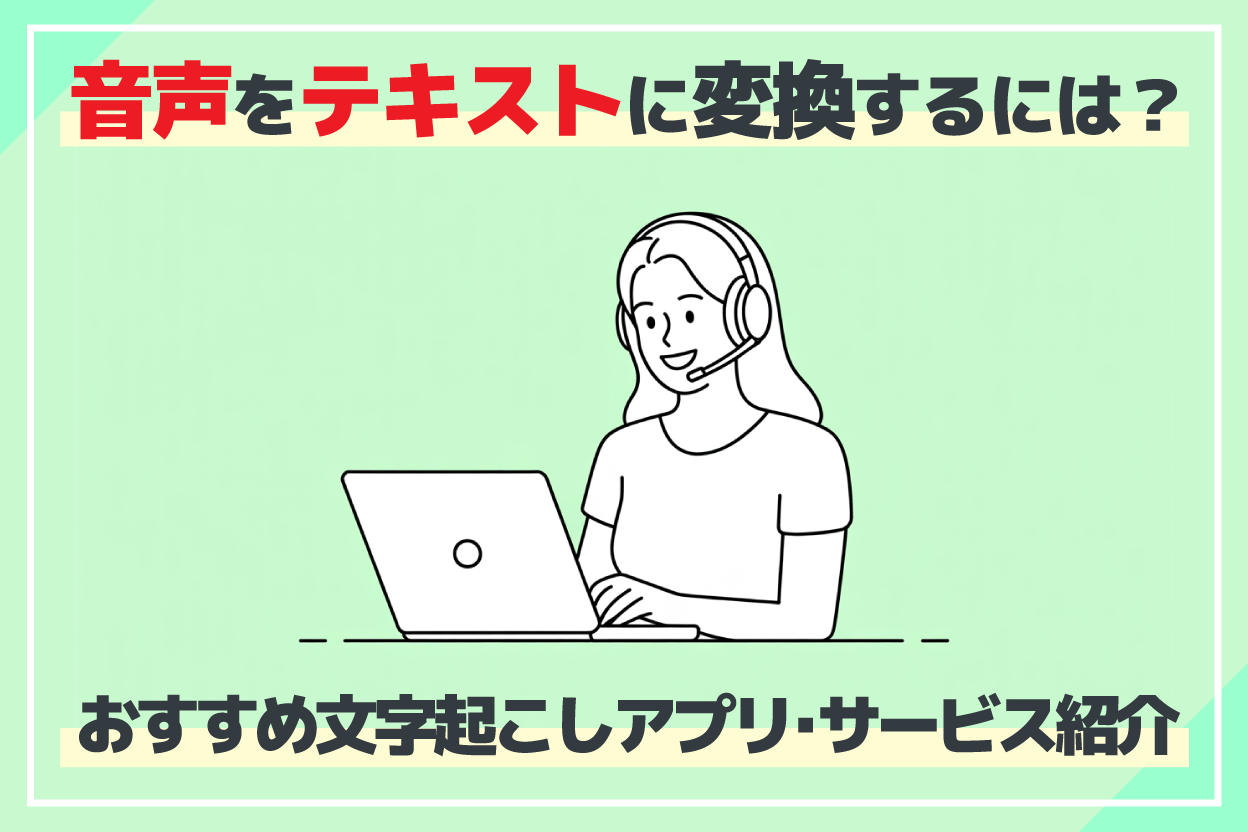7 Tips to Boost Transcription Efficiency & Save Time
June 8, 2025


I want to make transcription more efficient and reduce the time it takes, even if just a little.
Many of you reading this article probably feel that way, don't you?
If you've been asked to transcribe a meeting (for minutes) at work, you're probably thinking, "I want to finish this simple task quickly and focus on more important work!"
If you're a transcriber working freelance or as a side hustle, you're likely hoping to handle more projects and increase your income.
However, despite trying various methods, you might be frustrated that you can't make your work as efficient as you'd hoped...
This time, for you, we will explain tips for making transcription more efficient.
We'll also introduce specific recommended tools, so by reading this article, transcribing should become much easier than before. Please read to the end.
7 Tips to Dramatically Improve Transcription Efficiency
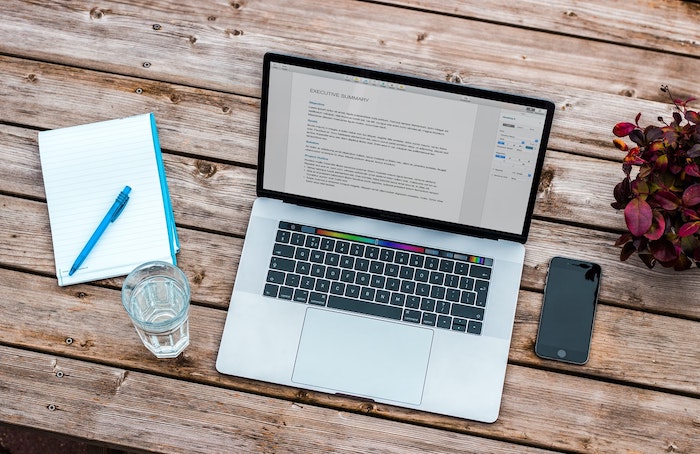
If you're struggling to make your transcription work more efficient, try to keep the following seven points in mind.
- Fully utilize dedicated transcription tools
- Improve recording quality
- Reduce playback speed
- Avoid pausing frequently
- Register frequently used words in your dictionary
- Take notes during recording
- Watch the speaker's mouth
Even trying just one of these can lead to some improvement, but combining them will make transcription surprisingly easy.
Let's explain each one in detail.
1. Fully Utilize Dedicated Transcription Tools
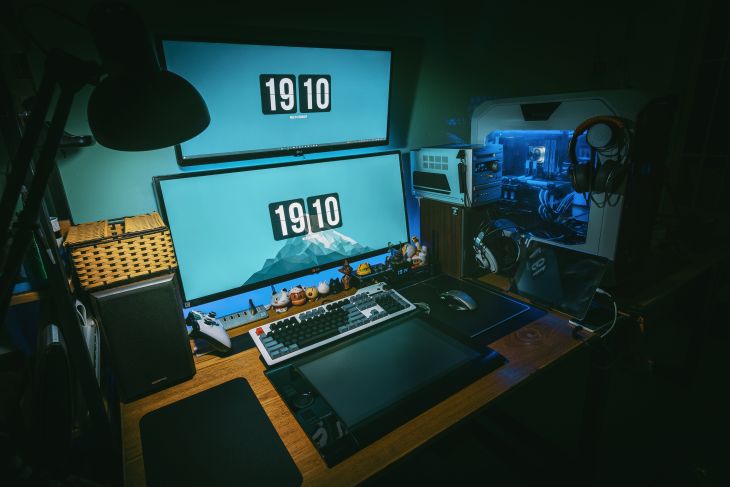
Are you doing transcription using standard applications?
Certainly, transcription can be done without issues using the default media players and note-taking apps pre-installed on your computer.
However, if you want to make your work even slightly more efficient, the trick is to use dedicated tools optimized for transcription.
- High-performance media players
- Text editors
- AI transcription tools
- IME (Input Method Editor)
- Earphones/Headphones
- Keyboard
These are some of the things that come to mind immediately.
If you're looking for a more comprehensive comfortable environment, you might also consider investing in a good desk and chair. And if you're doing the recording yourself, a high-performance microphone or IC recorder is also important... the list goes on. However, for now, focusing on the seven items above should be sufficient.
We'll introduce specific recommended tools later in the article, so if you're interested, please keep reading.
2. Improve Recording Quality

A crucial point for efficient transcription is, first and foremost, the quality of the recording.
Many people surprisingly overlook this, but the quality of the original audio data significantly impacts transcription speed, even before the actual transcription work begins.
- Accuracy of recording equipment
- Microphone placement
- Speaker's manner of speaking
- Surrounding environment
For example, if the data is degraded, or if the recording conditions are poor and the audio is full of noise, accurate transcription becomes extremely difficult.
Those who only undertake transcription work might find it hard to dictate recording conditions, but even with already recorded data, a little extra effort can make the work much easier.
We'll explain specific methods for this in detail later in the article.
3. Reduce Playback Speed
The biggest key to increasing transcription speed is:
Minimizing the number of rewinds.
reduce it as much as possible.
This is the essence. If you imagine yourself actually doing the work, it probably makes sense.
To minimize rewinding, the trick is to perfectly match the audio playback speed with your typing speed.
※To be precise, the trick is to set the playback speed slightly slower than your typing speed.
You can measure your typing speed with tools like 'e-typing Master Typing Skill Test'. It's highly recommended to accurately measure how many characters you can type within a limited time at least once.
4. Don't Pause
Once you've reduced the number of rewinds, take it a step further and try transcribing without pausing at all.
You'll find that once you match the audio playback speed with your typing speed, as long as you don't make typing errors or miss something, it's much smoother to work without stopping playback midway.
Just mark or timestamp anything you don't understand, and plan to correct typos and conversion errors later. For now, just quickly transcribe the entire audio in one go.
※Listening to the audio data a few times before starting the work helps you grasp the overall content, making it less likely to get stuck during the process.
Once you get the hang of it, you'll be able to transcribe (or do tape transcription) much faster than when you used to pause.
5. Register Frequently Used Words in Your Dictionary
After transcribing several times, you'll start to notice frequently used words and expressions (phrasing).
For these, registering them in advance in the dictionary function of your computer's IME (Input Method Editor) will improve conversion efficiency.
When transcribing for work, you might be given a list of technical terms. In such cases, be sure to register them beforehand as well.
6. Take Notes During Recording (Meeting Minutes / Interviews)
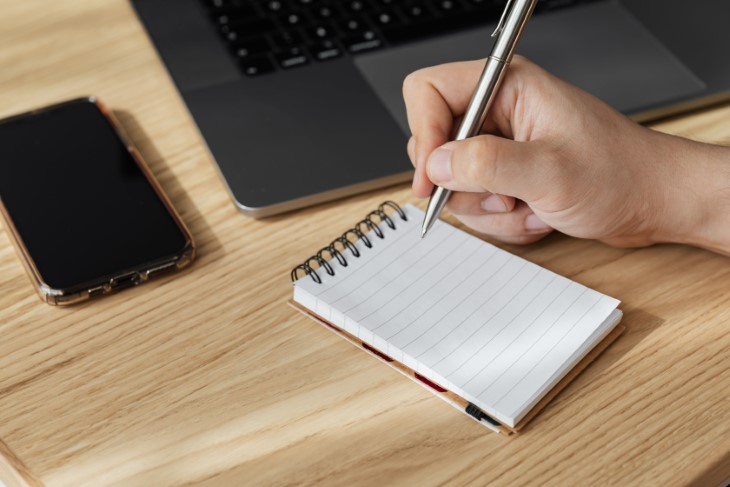
For meetings or interviews where you can be present during the recording, one tip is to take notes yourself, rather than relying solely on the voice recorder for the record.
You don't need to write down every single word accurately.
It's perfectly fine to briefly note down unfamiliar words that come up in conversation or phrases that feel unique to the speaker.
※Such points often contain important content.
Taking notes also increases your concentration during the event and helps improve efficiency later on. It's truly killing two birds with one stone.
7. Watch the Speaker's Mouth (YouTube and Other Video Transcriptions)
When transcribing videos, avoid looking at your hands or the computer screen; instead, focus your gaze on the speaker's mouth.
This is because even with the same audio, observing how the mouth moves while listening makes the content much easier to comprehend.
※For some people, even with audio alone, it might be easier to understand if they concretely imagine the speaker talking in their mind.
Since you won't be looking at your hands, make sure you've mastered touch typing to avoid increasing mistypes.
High-Accuracy Transcription: 3 Key Recording Techniques

Here are 3 tips for creating clear and easy-to-understand audio recordings for transcription (or tape transcription):
- Move the microphone closer to the mouth
- Remove noise
- Speak slowly in standard language
Let's explain each in detail.
1. Move the Microphone Closer to the Mouth
When multiple voices are mixed or the speaker is talking from a distance, the accuracy of voice recognition decreases further.
The key to high-accuracy transcription is to ensure the speaker's voice is clear and prominent in the recording.
how to record audio as clearly as possible. Muffled voices or low-volume speech are also unsuitable as data for transcription.This is where a microphone comes in handy.
While recent smartphones have decent built-in microphones, using a dedicated external microphone makes it easier to handle and position closer to the speaker's mouth.
For interviews, one method is to use a lavalier microphone (the type used in TV recordings) that can be clipped onto clothing.
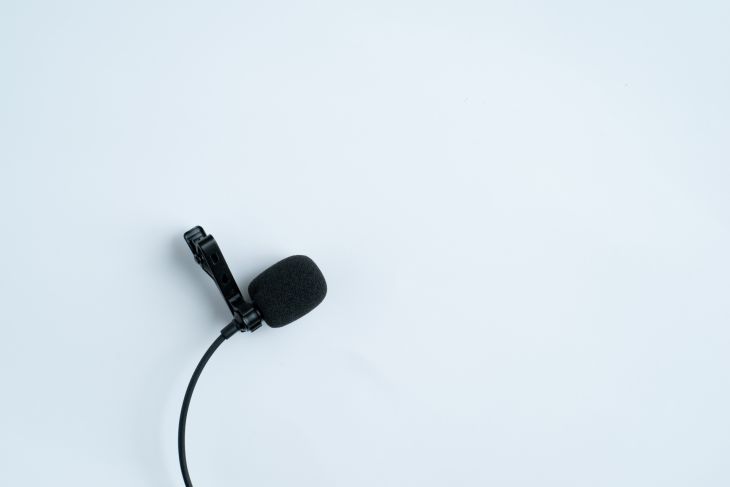
Even in settings like meetings where many people speak, an external microphone provides clearer audio than an IC recorder or a smartphone's built-in mic.
Dedicated equipment excels at audio recording, so if you want the clearest possible audio data, try to use an external microphone.
2. Remove Background Noise
- Speech from people unrelated to the transcription
- Ambient sounds
- White noise during recording
Audio containing these elements hinders accurate transcription.
As explained above, the golden rule for transcription (or audio transcription) is that the clearer the audio, the better.
Try to record in as quiet an environment as possible. If that's difficult, process the audio data to clear it up before starting transcription, using noise reduction software that leverages AI.
Furthermore, if there's too much noise, it's recommended to use an AI-powered transcription service like "Mojiokoshi-san" instead of transcribing by typing it out.
AI can accurately distinguish noise, so it will transcribe even noisy audio effectively.
3. Speak Slowly and in Standard Language
If you are the speaker, one tip is to try to speak slowly and in standard language.
This is important not only for transcribers unfamiliar with dialects but also because some AI transcription tools are designed primarily for standard language. In such cases, the accuracy can significantly drop when dialects are present.
※Even in interviews, dialects are often converted to standard language during transcription, which helps reduce effort in later stages.
Speaking too fast is also problematic. It makes it difficult for transcribers to understand and can induce errors in AI transcription tools, offering no benefits.
If you cannot control the speaking speed, such as in person-to-person interviews or meetings with multiple speakers, it's recommended to prepare audio data with a slowed-down playback speed before transcribing.
Some dedicated apps for keyboard transcription allow you to change the playback speed, so using such tools is another option.
6 Recommended Transcription Tools

Next, we'll introduce 6 useful tools for transcription (audio transcription)!
From dedicated players for keyboard transcription to AI transcription services and even hardware like keyboards, we hope this helps with your transcription work.
1. Okoshiyasu2 (Audio Player for Transcription)
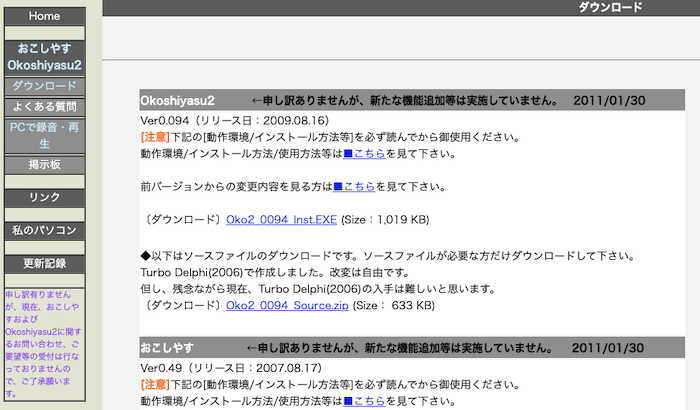
Okoshiyasu2 is a classic audio player app for transcription on Windows PCs.
You can quickly control playback, pause, rewind, and fast-forward operations with just hotkeys (shortcuts).
※While we explained above that it's best to avoid rewinding or pausing as much as possible, it's realistically difficult to eliminate them entirely. Therefore, software that allows for easy control like this is still essential.
In addition to changing playback speed, volume, and pitch, it also features an equalizer function.
This also means less effort is required for pre-processing audio.
Since it operates even when the window is not active, it's very convenient as you don't have to constantly switch windows when working alongside an editor.
2. Interview (Audio Player for Transcription)
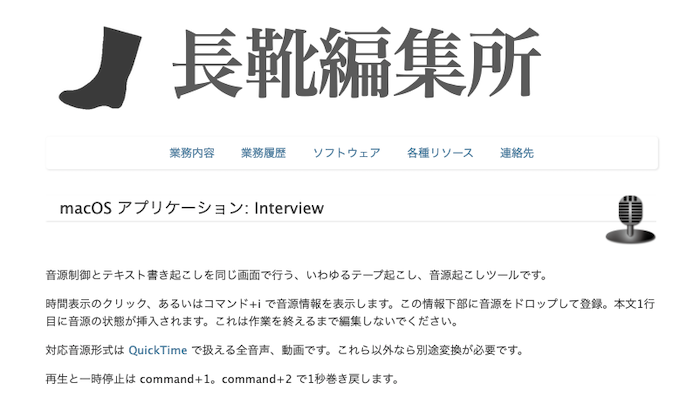
While 'Okoshiyasu2' is a Windows-only software, this app is recommended for Mac users.
Similar to Okoshiyasu2, its key feature is a playback player that can be easily operated with shortcut keys, plus a dedicated transcription editor.
It also includes a function to register frequently used phrases as shortcuts for quick recall.
Since it supports video files in addition to audio data, it seems useful for transcribing YouTube videos, which are becoming increasingly common.
Nagagutsu Henshujo: macOS Application: Interview
3. Mojiokoshi-san (AI Transcription Service)
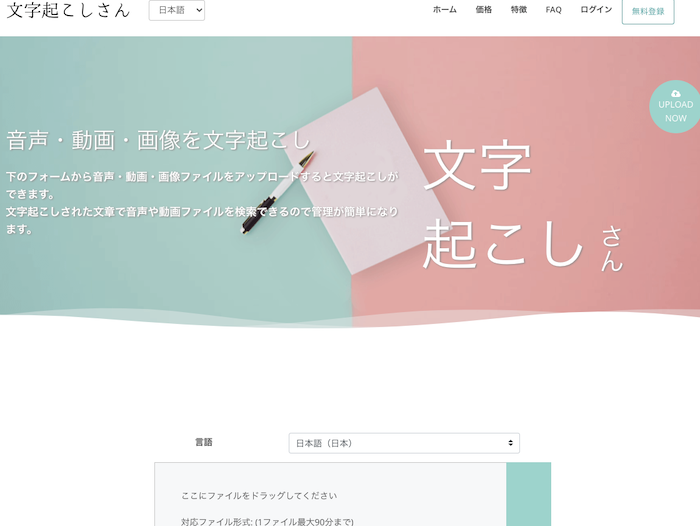
This is a dream tool where AI automatically transcribes audio just by uploading the data.
It supports video and image files in addition to audio.
A major advantage is that transcribed data can be downloaded as text (txt) or subtitle files (srt), making it easy to edit, process, and share later.
Furthermore, it supports transcription of English and other foreign languages, which can be challenging to do manually.
You can transcribe up to 1 minute of audio for free without logging in, so why not give it a try?
You'll surely be amazed at how accurately the latest AI can recognize speech.
4. ATOK Passport (Japanese IME)
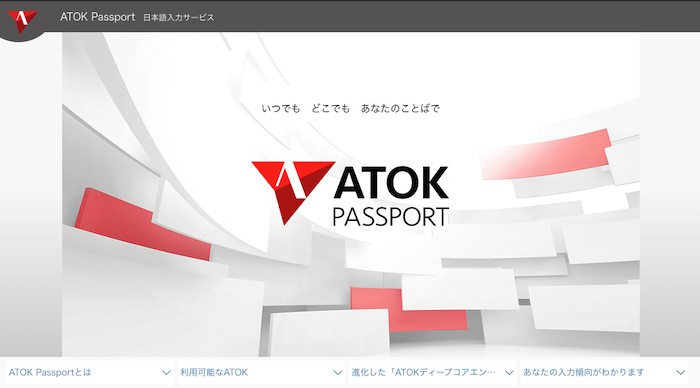
To maximize work efficiency, it's also important to pay attention to your IME (Japanese Input Method Editor).
Among those who work with Japanese, the most classic and popular IME is "ATOK" sold by JustSystems.
ATOK not only has high kanji conversion accuracy but also features an "automatic conversion function" that automatically determines phrase breaks and conversion candidates. If used effectively, it can significantly improve typing speed.
ATOK Passport subscribers can use the dedicated proofreading tool "ATOK Cloud Checker" for free, which is convenient when revising finished documents.
5. Realforce

Next, I'll introduce some recommended hardware.
The most effective hardware for streamlining transcription (tape recording) is the keyboard.
One of the recommended keyboards, likely the first name that comes to mind among high-performance Japanese-made keyboards, is the Topre "REALFORCE" series.
It uses a durable electrostatic capacitive non-contact method and a key feature is the ability to choose the actuation force required to press a key: 55g, 45g, 30g, or variable weighting.
Another point is its wired connection, which minimizes lag and errors.
A comfortable keyboard that suits you not only boosts productivity but also reduces physical strain, making it a very cost-effective investment.
/p>There are many other keyboards that offer a comfortable typing experience and make typing much easier, so we recommend trying them out at electronics stores or PC shops.
6. Charakuen Chonmage-kun (Earphones)

These are a unique type of earphones specifically designed for listening.
In addition to high sealing and sound isolation, the key point is that they are tuned to make voice frequencies easier to hear.
The packaging even states "ideal for study/educational materials," showing their thorough design.
However, earphones and headphones like these can be a matter of personal preference, so it's best to try various options and choose what suits you best.
We also recommend using "monitor headphones" released by brands like SONY.
Chonmage-kun | Charakuen - Saraundo -
Summary
This time, we discussed tips for streamlining transcription (tape transcription) work.
Finally, as a summary, let's review the techniques introduced once more:
- Fully utilize dedicated transcription tools
- Improve recording quality
- Reduce playback speed
- Avoid pausing frequently
- Register frequently used words in a dictionary
- Take separate notes during recording
- Observe the speaker's mouth
In particular, techniques for clear audio recording and pre-work preparation are often overlooked by many.
If these are not done properly, it can lead to unnecessary effort and time, making them crucial elements that should never be forgotten.
If the quality of your audio data is high, the accuracy of AI tools will significantly improve, allowing you to automate your work to the maximum extent.

Haste makes waste. The battle is often won before it even begins (before the work starts).
It's better to prepare thoroughly, even if it seems like a hassle, because it will ultimately make things easier in the long run. Please give it a try.
■ AI transcription service "Mr. Transscription"
"Mr. Transcription" is an online transcription tool that can be used from zero initial cost and 1,000 yen per month (* free version available).
- Supports more than 20 file formats such as audio, video, and images
- Can be used from both PC and smartphone
- Supports technical terms such as medical care, IT, and long-term care
- Supports creation of subtitle files and speaker separation
- Supports transcription in approximately 100 languages including English, Chinese, Japanese, Korean, German, French, Italian, etc.
To use it, just upload the audio file from the site. Transcription text is available in seconds to tens of minutes.
You can use it for free if you transcribe it for up to 10 minutes, so please try it once.
Email: mojiokoshi3.com@gmail.com
Transcription for audio / video / image transcription. It is a transcription service that anyone can use for free without installation.
- What is Mr. Transcription?
- Transcript images, sounds, and videos with Mr. Transcription
- Free registration
- Rate plan
- manual
